- Home
- ::
- Kraken Crypto Exchange Review 2025: Fees, Security, and How It Stacks Up
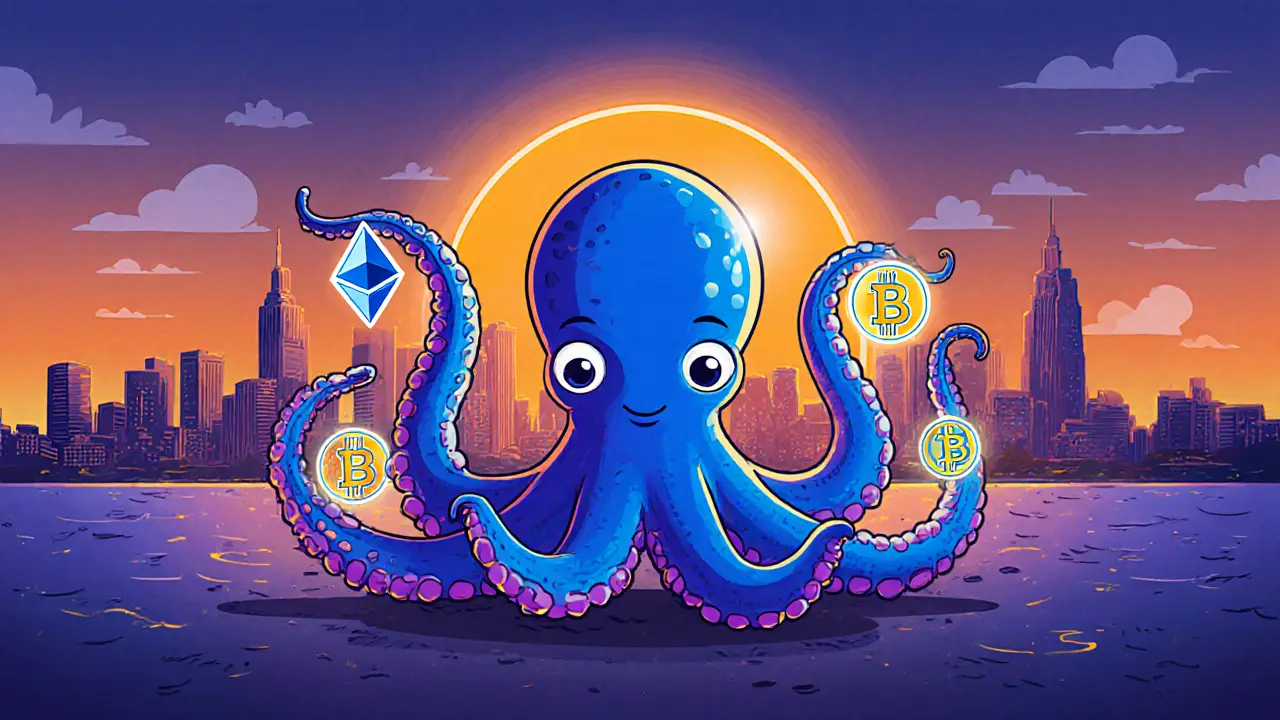
Kraken Crypto Exchange Review 2025: Fees, Security, and How It Stacks Up
Kraken Fee Calculator
Estimated Trading Fees
Maker Fee
0.16%
Limit orders that add liquidityTaker Fee
0.26%
Market orders that remove liquidityStablecoin Fee
0.90%
For stablecoin purchasesWhen it comes to crypto trading, Kraken is a SanFrancisco‑based cryptocurrency exchange that offers spot, margin, futures and staking services. Founded in 2011, it now ranks as the fourth‑largest exchange by volume in 2025 and serves over 6million traders worldwide.
Quick Takeaways
- Kraken supports more than 410 crypto assets and eight fiat currencies.
- Maker‑taker fees range from 0% to 0.4%; volume‑based discounts kick in after $50k in 30days.
- Security features include proof‑of‑reserves, cold‑storage of >95% of assets, and FinCEN registration.
- Advanced tools: margin up to 5×, futures up to 50×, and two staking options.
- Compared with Coinbase, Kraken wins on fee flexibility and asset breadth but lags on verification speed.
Core Features and Asset Coverage
Kraken’s platform is split into two main interfaces: a simplified web view for casual purchases and Kraken Pro, an advanced dashboard with customizable charts, deep‑order‑book access, and API support. Both are mirrored in native iOS and Android apps, though the full feature set still feels richer on the desktop.
As of October2025 the exchange lists over 410 cryptocurrencies, from the original Bitcoin and Ethereum to newer DeFi tokens and several stablecoins. Stablecoin purchases incur a slightly higher 0.9% fee, while most other assets sit under 0.4% for makers and takers alike.
The fiat layer includes USD, EUR, GBP, JPY, CAD, AUD, and CHF, letting traders deposit via bank ACH, SEPA, or domestic wire. Minimum deposits are as low as $10, a stark contrast to many rivals that demand $50 or more.
Fee Structure Explained
Kraken runs a classic maker‑taker model. Makers (limit orders that add liquidity) enjoy 0% to 0.16% fees, while takers (market orders that remove liquidity) pay 0.10% to 0.26%. High‑volume traders who move more than $50k in a 30‑day window see these rates dip to as low as 0% for makers and 0.10% for takers.
Beyond trading fees, the exchange charges for fiat on‑ramps and off‑ramps. ACH / online banking costs 0.5%; card and digital‑wallet deposits sit at 3.75% plus a $0.25 flat fee. Withdrawal fees for major coins like Bitcoin and Ethereum are minimal-usually a few cents or a fraction of a percent of the withdrawn amount.
For margin traders, the fee schedule adds an interest component based on the borrowed amount. Kraken offers up to 5× leverage, and the daily interest rate starts at 0.02% for BTC‑based positions, scaling with leverage and asset volatility.
Security and Compliance Highlights
Security is Kraken’s headline claim. The exchange stores roughly 95% of user funds in geographically dispersed cold wallets, with the remaining assets in multi‑signature hot wallets for rapid withdrawals. A quarterly proof‑of‑reserves audit publicly verifies that total holdings match user balances, a practice few exchanges still follow.
Regulatory compliance is another pillar. Kraken is a FinCEN‑registered money services business and holds licenses across the United States, Europe, Canada, and Japan. This regulatory breadth enables fiat on‑ramps in multiple currencies and reduces the risk of sudden shutdowns that have plagued less‑compliant platforms.
Two‑factor authentication, hardware‑token support, and email confirmations guard account access. For institutional clients, Kraken offers cold‑storage custody solutions with separate segregation of assets.
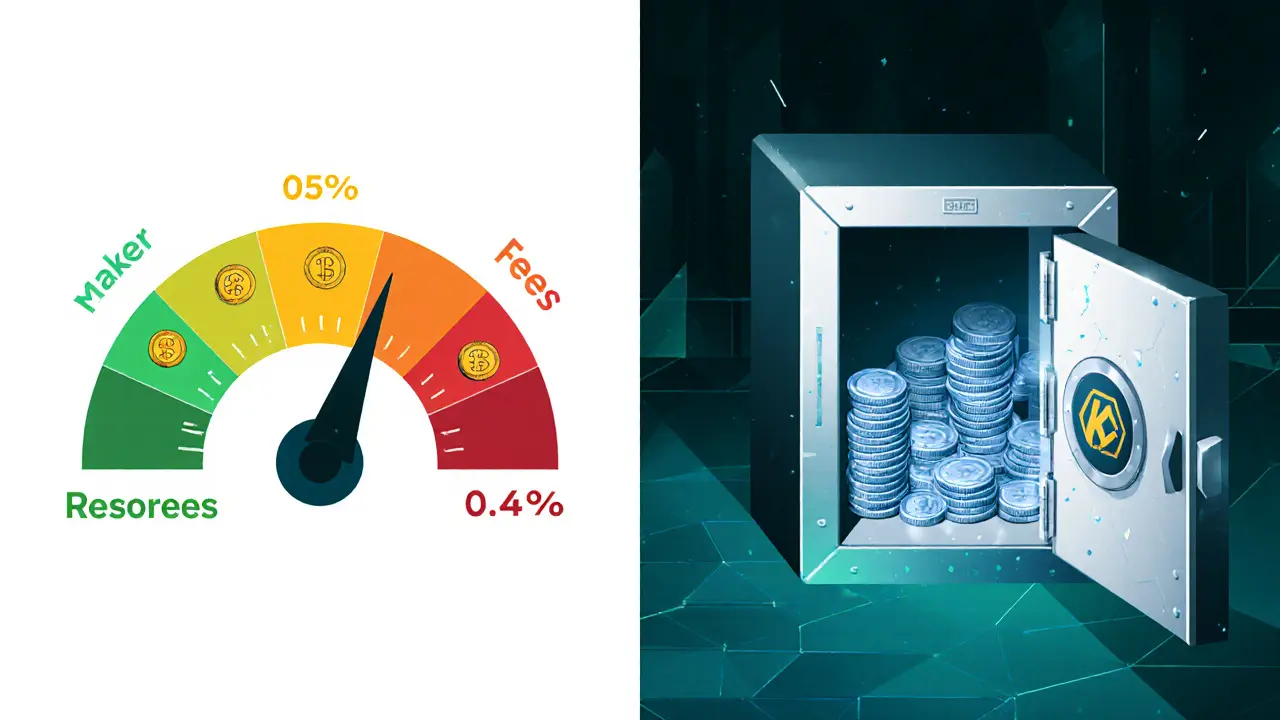
Advanced Trading: Margin, Futures, and Staking
Beyond spot trading, Kraken provides three major advanced products:
- Margin trading: Up to 5× leverage on 70+ assets. Traders must maintain a minimum maintenance margin of 20%; liquidation triggers are clearly displayed on the Pro interface.
- Futures contracts: Perpetual and quarterly contracts on Bitcoin, Ethereum, and several altcoins, offering up to 50× leverage. Futures positions settle in the underlying crypto, and funding rates are recalculated every eight hours.
- Staking: Two options exist-bonded staking, where users lock tokens directly on the blockchain and earn rewards, and simplified staking, a custodial service where Kraken handles validator operations. Staking is available for assets like Tezos, Cosmos, and Polkadot, though regional restrictions apply.
These features make Kraken attractive to both retail power traders and institutional desks that need high leverage and deep liquidity.
Kraken vs. Coinbase: Head‑to‑Head Comparison
| Feature | Kraken | Coinbase |
|---|---|---|
| Supported Cryptocurrencies | 410+ assets | ~250 assets |
| Fiat Currencies | USD, EUR, GBP, JPY, CAD, AUD, CHF | USD, EUR, GBP |
| Maximum Leverage | 5× margin, 50× futures | 3× margin, 25× futures (Coinbase Pro) |
| Maker‑Taker Fees (Base) | 0% - 0.16% maker / 0.10% - 0.26% taker | 0.00% - 0.10% maker / 0.10% - 0.40% taker |
| Minimum Deposit | $10 (USD) | $50 (USD) |
| Verification Speed (Pro account) | Typically 2‑5days | 1‑3days |
| Security Rating (Industry Audits) | #1 in security & customer service 2025 | #3 in security 2025 |
The table makes it clear that Kraken shines in asset breadth, leverage options, and fee flexibility, while Coinbase offers a slightly faster KYC flow and a more beginner‑friendly UI.
Getting Started: Step‑by‑Step Guide
- Visit the official Kraken website and click “Create Account”.
- Enter your email, create a strong password, and verify the email link.
- Complete the KYC process: provide name, address, a government ID, and a selfie. Expect 2‑5days for verification.
- Secure your account: enable 2FA via Google Authenticator or a hardware token.
- Deposit fiat: choose your preferred method (ACH for US, SEPA for EU, or domestic wire). Minimum $10 deposit.
- Navigate to the “Buy Crypto” tab for a quick purchase, or switch to “Kraken Pro” for advanced order types.
- If interested in staking, go to the “Earn” section, select a supported asset, and follow the on‑screen bonding steps.
Most new users can complete the basic purchase flow within 15minutes. Mastering margin or futures takes weeks of practice, so start small and use the extensive educational resources available on Kraken’s Help Center.
Pros, Cons, and Who Should Use Kraken
Pros
- Extensive crypto and fiat coverage.
- Deep liquidity and competitive maker‑taker fees.
- Robust security: cold storage, proof‑of‑reserves, and regulatory licensing.
- Advanced tools for margin, futures, and staking.
- Low minimum deposit, making it accessible for small‑scale traders.
Cons
- Verification can be slower than some rivals, especially for Pro‑level accounts.
- Interface complexity may overwhelm absolute beginners.
- Not all fiat deposit methods (e.g., credit cards) are supported worldwide.
Best For
- Intermediate to advanced traders who need margin or futures.
- Users who value security and regulatory compliance above a slick UI.
- Investors interested in staking a variety of PoS assets.
Not Ideal For
- People seeking instant account approval and a click‑and‑buy experience.
- Those who only trade a handful of major coins and don’t need advanced features.
Future Outlook and Upcoming Developments
Kraken is gearing up for a potential IPO in late 2025, a move that could bring greater transparency and access to institutional capital. The exchange plans to broaden its staking catalog, adding more regional offerings as local regulations clarify. Mobile app enhancements are also on the roadmap, promising a richer on‑the‑go experience for futures and margin traders.
Industry analysts predict that exchanges which combine strong security, broad asset sets, and compliance will dominate the next wave of crypto adoption. Kraken’s $10billion private valuation and its track record of steady growth position it well for continued relevance, provided it keeps pace with emerging competitors that focus on user‑centric design and instant onboarding.

Frequently Asked Questions
Is Kraken safe for storing large amounts of crypto?
Yes. Kraken keeps about 95% of funds in offline cold wallets, conducts quarterly proof‑of‑reserves audits, and complies with multiple global regulators, making it one of the safest exchanges in 2025.
What is the minimum amount I can deposit on Kraken?
The minimum fiat deposit is $10 (or equivalent in other supported currencies). For crypto, you can send as little as 0.0001BTC or the network‑minimum of the chosen coin.
How do Kraken’s fees compare to Binance?
Kraken’s maker‑taker fees start at 0% for makers and 0.10% for takers, while Binance’s standard fees sit at 0.10% maker and 0.10% taker, with additional discounts for BNB‑based payments. Kraken is cheaper for high‑volume traders due to its tiered volume discounts.
Can I trade futures on Kraken’s mobile app?
Yes, the 2025 mobile app now supports futures trading, though the full suite of advanced charting tools is still only available on the web version.
What staking rewards does Kraken offer?
Rewards vary by asset. For example, Tezos yields around 5.5% APY, Cosmos about 9%, and Polkadot roughly 10% when using the custodial staking service. Bonded staking often yields similar rates but requires you to manage validators.


 Finance
Finance
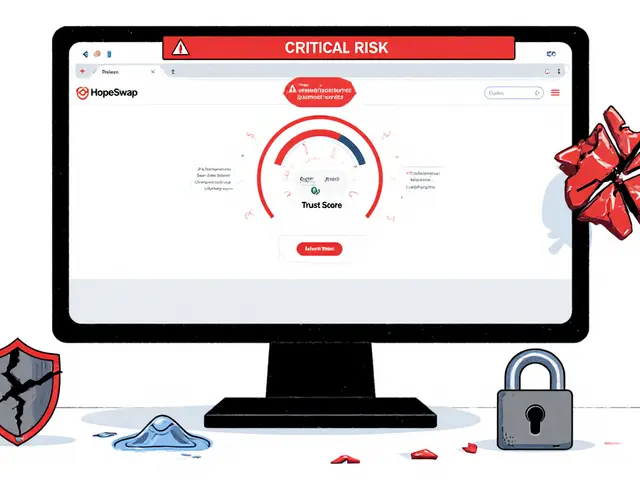
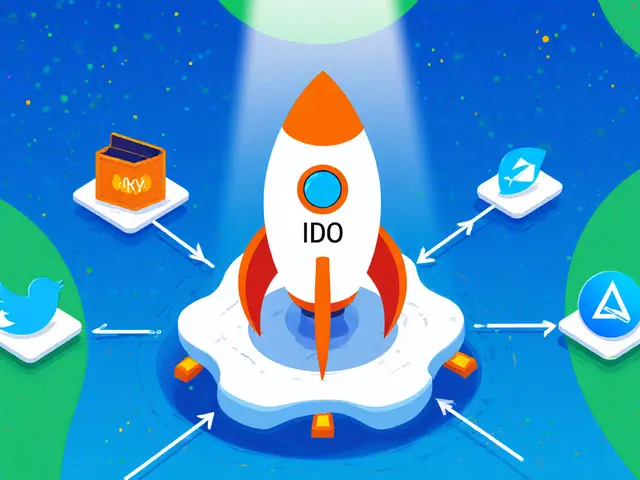
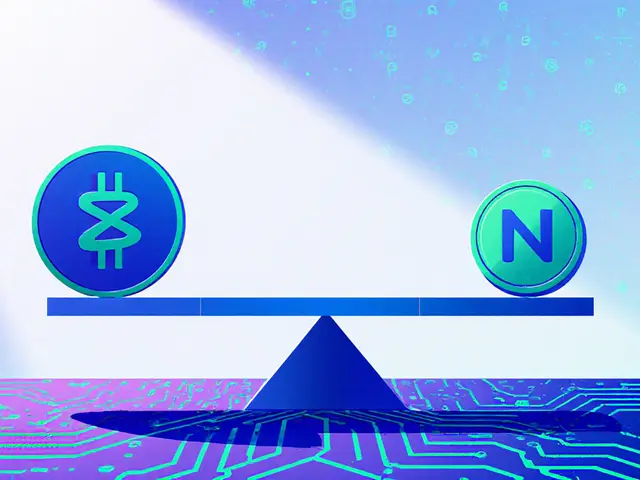
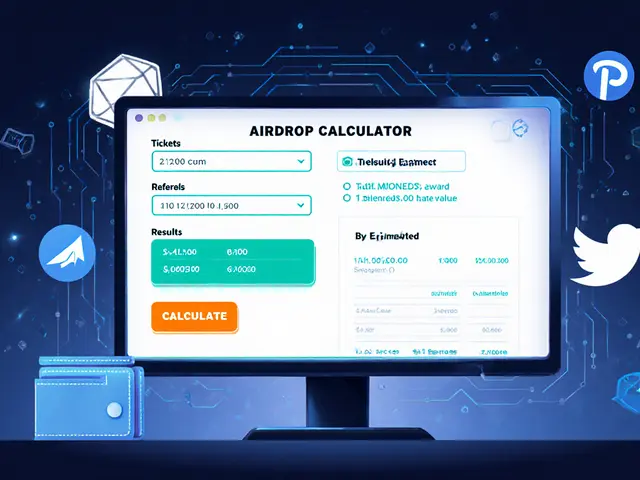
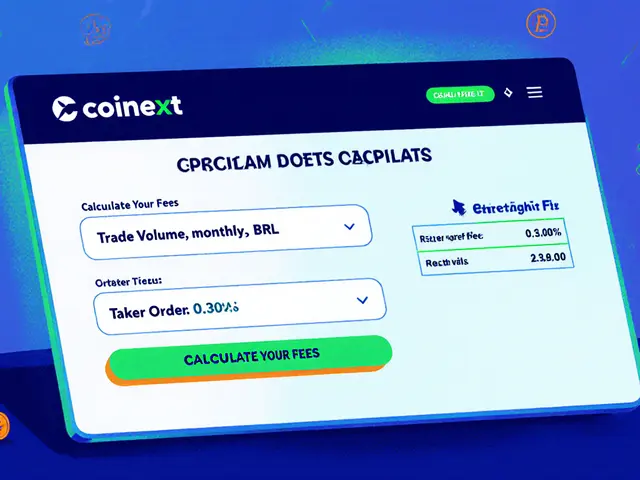
Write a comment